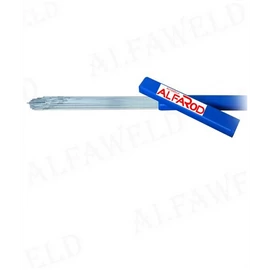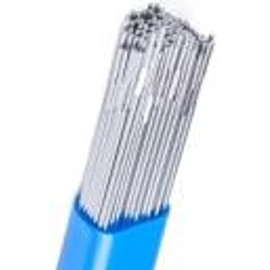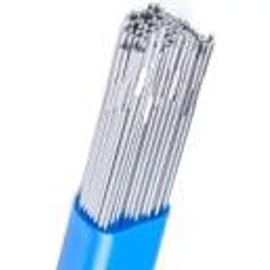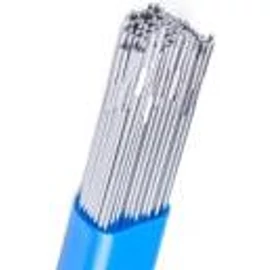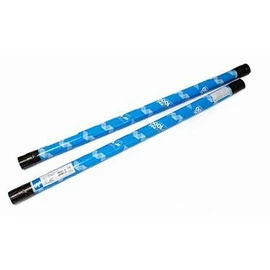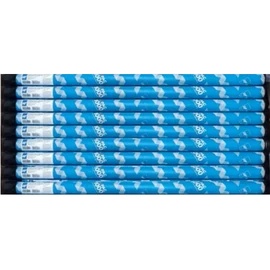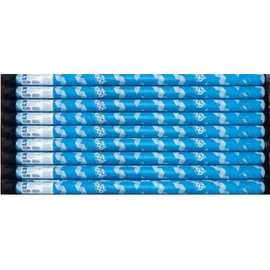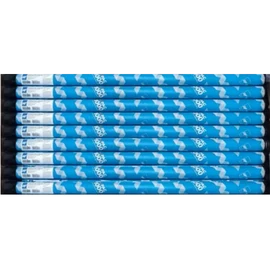Leírás
Avesta 309L-Si is a high-alloy 23 Cr 13 Ni wire primarily intended for surfacing of low-alloy steels
and dissimilar welding between mild steel and stainless steels, offering a ductile and crack resistant
weldment. The chemical composition, when surfacing, is equivalent to that of ASTM 304 from the
first run. One or two layers of 309L are usually combined with a final layer of 308L, 316L or 347.
Structure: Austenite with 5 – 10 % ferrite.
Scaling temperature: Approx. 1000 °C (air).
Corrosion resistance:
Superior to type 308L. When fur facing on mild steel a corrosion resistance equivalent to ASTM
304 is obtained at the first bead.
Heat treatment: Generally none. For constructions that include low-alloy steels in mixed joints, a
stress-relieving annealing stage may be advisable. However, this type of alloy may be susceptible
to embrittlement-inducing precipitation in the temperature range 550 – 950 °C. Always consult the
supplier of the parent metal or seek other expert advice to ensure that the correct heat treatment
process is carried out. Heat input: Max. 2.0 kJ/mm.
Leírás
and dissimilar welding between mild steel and stainless steels, offering a ductile and crack resistant
weldment. The chemical composition, when surfacing, is equivalent to that of ASTM 304 from the
first run. One or two layers of 309L are usually combined with a final layer of 308L, 316L or 347.
Structure: Austenite with 5 – 10 % ferrite.
Scaling temperature: Approx. 1000 °C (air).
Corrosion resistance:
Superior to type 308L. When fur facing on mild steel a corrosion resistance equivalent to ASTM
304 is obtained at the first bead.
Heat treatment: Generally none. For constructions that include low-alloy steels in mixed joints, a
stress-relieving annealing stage may be advisable. However, this type of alloy may be susceptible
to embrittlement-inducing precipitation in the temperature range 550 – 950 °C. Always consult the
supplier of the parent metal or seek other expert advice to ensure that the correct heat treatment
process is carried out. Heat input: Max. 2.0 kJ/mm.


